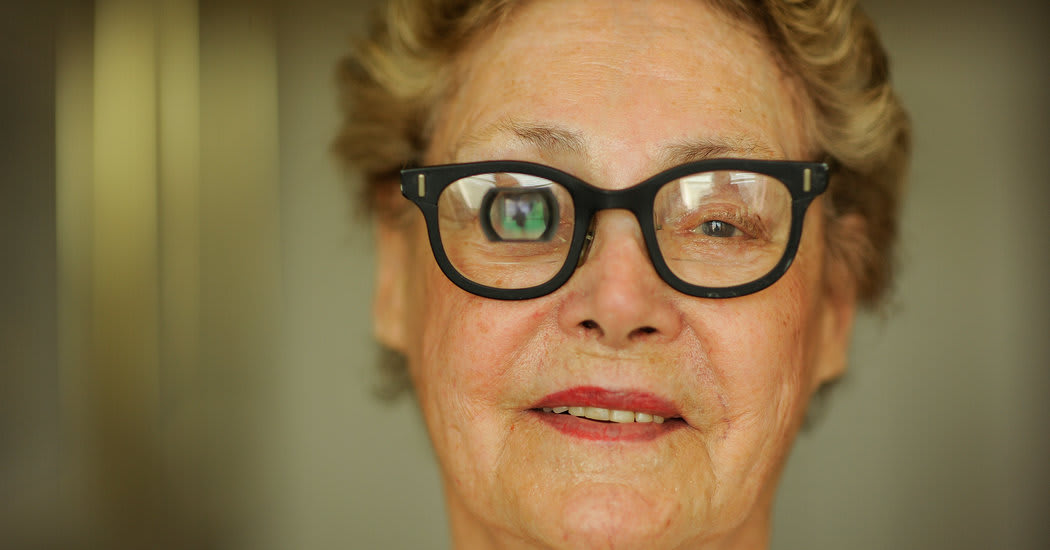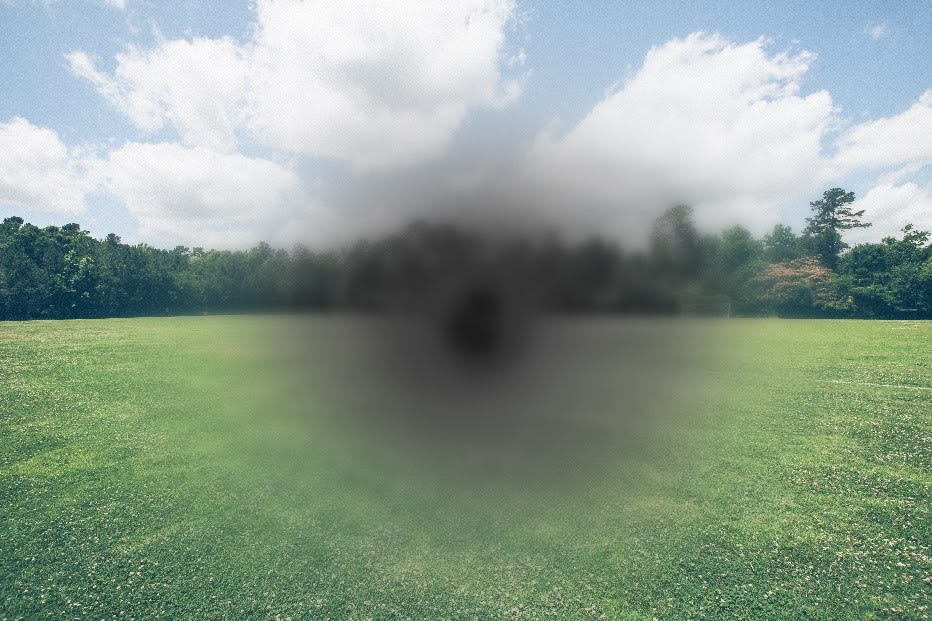Signs to Spot Symptoms of Macular Degeneration
Macular degeneration is the United States' leading cause of severe vision loss. For people diagnosed with macular degeneration, finding answers can be difficult. Fortunately, online resources are available to help people understand macular degeneration prognosis and treatment options, allowing patients to identify the disease in its early stages and maintain a high quality of life.

What to Know About Macular Degeneration
The macula is the central portion of the retina that allows a person to see fine details. Over time, the macula can wear down, causing permanent vision loss. Because most patients are older, the disease is sometimes referred to as “age-related macular degeneration,” or AMD. While macular degeneration usually isn’t painful, it can affect a patient’s quality of life, preventing them from driving, reading, and performing other tasks that require sharp vision.
There are three main types of macular degeneration:
Dry Macular Degeneration - The most common form of the disease, dry macular degeneration affects about 80 percent of people who have AMD. Clumps of drusen, a protein, form on the macula, eventually causing vision loss. In the early stages of AMD, an ophthalmologist may notice an increase in the number and size of drusen deposits during routine eye examinations, allowing for a diagnosis.
Wet Macular Degeneration - This serious form of AMD occurs when new blood vessels grow under the retina, leaking fluids and causing scarring. Wet AMD causes vision loss faster than dry AMD.
- Stargardt Disease - This form of macular degeneration is caused by a recessive gene. It often manifests early in life, between the ages of 6 and 20, and it’s significantly less common than age-related macular degeneration. It’s treated differently than other forms of macular degeneration.
Currently, there is no cure for any form of macular degeneration, but treatments may inhibit the progression of wet macular degeneration. Dry macular degeneration cannot be reversed, but with an early diagnosis, patients can make certain dietary and lifestyle changes to slow vision loss (we’ll discuss those changes in detail later in this article).
Symptoms and Stages of Macular Degeneration

Macular degeneration does not always cause immediate vision loss, which is why regular eye examinations are crucial. Physicians generally recognize three stages of AMD:
Early Stage Macular Degeneration - The patient does not experience a loss of vision at this stage. Most diagnoses occur after an eye examination shows drusen deposits or abnormal blood vessel growth.
Intermediate Macular Degeneration - At this stage, drusen deposits and/or blood vessel growth have caused vision loss, but the losses will not be noticeable for most patients.
- Late-Stage Macular Degeneration - The disease causes noticeable vision loss. At this stage, patients can work with their physicians to limit additional vision loss, but vision issues caused by AMD are permanent.
Because dry AMD progresses more slowly than wet AMD, many wet AMD patients are diagnosed in the intermediate or late stage. Neither of the age-related forms of macular degeneration are likely to cause total blindness, particularly if diagnosed early.
How Wet Macular Degeneration is Treated
While there are no current treatments for dry AMD, physicians may recommend several treatment options for wet macular degeneration to prevent new blood vessels from forming. These treatments may be able to slow the progression of vision loss. Because AMD vision loss is permanent — and because the disease’s symptoms may not be noticeable at first — it’s important to get regular ophthalmology examinations to diagnose the condition as soon as possible.
Some treatment options for wet macular degeneration include:
Laser Therapies - Treatments like laser photocoagulation reduce the chances of severe vision loss by severing the abnormal blood vessels that cause wet macular degeneration. Most patients will require multiple treatments, as laser therapies do not prevent new blood vessels from forming.
Photodynamic Therapies - In these treatments, the patient receives an intravenous injection of a special drug that reacts to light. This allows a physician to target a low-level laser to the abnormal blood vessels, sealing them off and preventing them from causing vision loss. Again, multiple treatments are usually necessary.
- Pharmaceutical Therapies - Anti-VEGF drugs target vascular endothelial growth factor (or VEGF), a molecule that supports blood vessel growth. These drugs are injected into the patient’s eye on a regular basis to limit blood vessel growth.
Because these treatments target blood vessels, they’re not appropriate for the dry form of AMD. However, the progression of dry macular degeneration may be slowed by certain lifestyle changes. Physicians may ask patients to exercise, stop smoking, and avoid foods that are high in saturated fat. Hypertension is linked to dry AMD, so treating high blood pressure may also reduce the likelihood of serious vision loss.
Wet Macular Degeneration Requires Early Treatment
Regular eye examinations are essential, particularly for people who are 50 or older. A qualified ophthalmologist can identify the early signs of wet or dry AMD, assess the patient’s other health conditions, and create an appropriate treatment plan.
People with AMD need to understand the disease’s risk factors and take immediate action to prevent permanent vision loss. This starts with research — and the resources on this page should provide an excellent starting point for anyone experiencing mild vision loss.
https://www.macular.org/what-macular-degeneration
https://www.aao.org/eye-health/diseases/amd-macular-degeneration
https://www.macular.org/stargardt-disease
https://www.mayoclinic.org/diseases-conditions/dry-macular-degeneration/diagnosis-treatment/drc-20350381
https://www.ncbi.nlm.nih.gov/books/NBK315804/
https://www.macular.org/treatments


মন্তব্যসমূহ
একটি মন্তব্য পোস্ট করুন